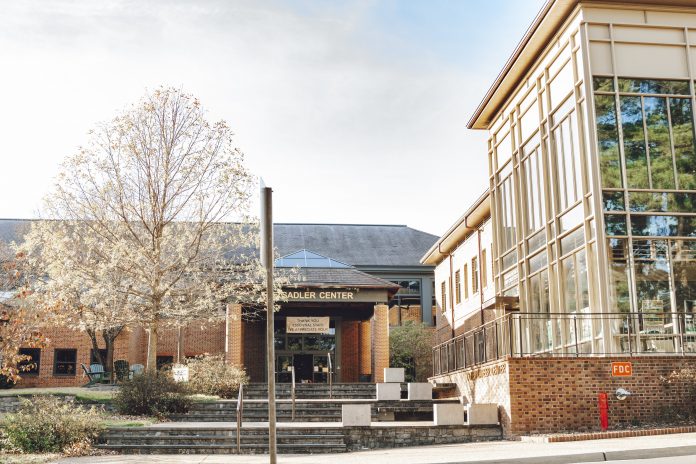Andre Adams ’25 is a Native-Hawaiian and Black transfer student at the College of William and Mary, majoring in Art History, but looking to specialize in German Expressionism. Adams is also an artist whose two works, “Self-Portrait in Bed” and “Autopsy of Jesus Christ After Crucifixion,” were recently shown at the POC Collective Art gallery. Email Andre at ajadams@wm.edu.
The views expressed in the article are the author’s own.
March 26, 2023, Prince Kuhio Day was celebrated at the Sadler Center Dining Hall. Prince Kuhio was born on March 26, 1871, and died on January 7, 1922. He was famous for many things, one of which was the Hawaiian Homes Commission Act signed by President William G. Harding in 1920. This act secured and protected over 200,000 acres of land for Native Hawaiian people who, at the time, were considered a dying race.
After the United States’ coup of the Hawaiian Kingdom on January 17, 1893, Native children were ritually beaten and or even forced to write, “I WILL NOT SPEAK HAWAIIAN. I WILL ONLY SPEAK ENGLISH” a hundred or more times on the chalkboard if they were caught speaking Hawaiian. They could also be forced to clean horse stables and perform other harsh chores as well. This abuse, along with gentrification, the lynching of Joseph Kahahawai in January 1932 and near forced Americanization of Hawaiian Natives led to the creation of the idea of the Dying Hawaiian Indian.
The cleansing of Hawaiians terrified Kuhio and his aunt, the great Queen Lili’uokalani, a women’s liberation activist, Native civil rights advocate and last reigning monarch of the Kingdom of Hawai’i before the overthrow led by Sanford B. Dole. Sanford was the cousin of James Dole, the founder of the Dole plantation. Sanford was also the first president of the Republic of Hawai’i. Despite the illegalization of Native-Hawaiian public meetings, Prince Kuhio broke the law to found the Hawaiian Civic Club, which first met in commemoration of his aunt’s death. The criminalization of the public gathering of Native Hawaiians was out of fear of another Hawaiian revolt against the Republic, the first of which nearly killed over three-hundred revolutionaries. In return for their freedom, the queen surrendered herself over to the U.S. insurrectionists, after which she was held in captivity for many years.
In 1903, Kuhio founded the Royal Order of Kamehameha I, who celebrated King Kamehameha Day. This day, along with all other Hawaiian holidays and celebrations, was banned under the Republic of Hawai’i. The reason we celebrate Kuhio is because he, along with many other Native Hawaiians, helped to secure and defend Native traditions and cultures. Though he was a Republican, a different party at the time, he is still endeared in the hearts of Hawaiians everywhere.
With that small history, we move back to the Sadler Center and their so-called celebration of Kuhio Day. In short, it was a disrespectful and horrendous mockery of both Hawaiian peoples and Kuhio. Not only was the food falsely accused of being accurate Hawaiian cuisine, but the decorations were stereotypical and ill-advised. For instance, there were symbols of pineapples nearly everywhere, which are not native to Hawai’i. Pineapples were brought over to create pineapple plantations in the late nineteenth and early twentieth century. Native Hawaiians were treated awfully on the plantations, onto which we were originally forced in the early nineteenth century. Because of the heinous treatment of Hawaiians on sugar and pineapple plantations, both symbols have become an oppressive one for use. Along with the martini umbrellas also given out that day, they represent to the mainland a taste of both the Orient and the Pacific, both of which were captured by the West, namely the U.S.
The dish that Sadler served as “Loco Moco” was not accurate either as it is not Hawaiian food but Local People food. While Local People food does technically refer to Hawaiians, it generally refers to all people living on the Hawaiian Islands, at least for multiple generations, especially those who speak Native-Hawaiian Creole or Hawaiian-State pidgin. There was not even any Hawaiian music nor any slides showing on the television to tell people who Kuhio was, both of which would have been the least they could have done, costing nearly no money whatsoever. All in all, the celebration by Sadler was unprofessional, racist and disrespectful to both Kanaka Maoli, or Native Hawaiians, and Kuhio. I do not wish to see this disrespectful display from the College of William and Mary ever again.

